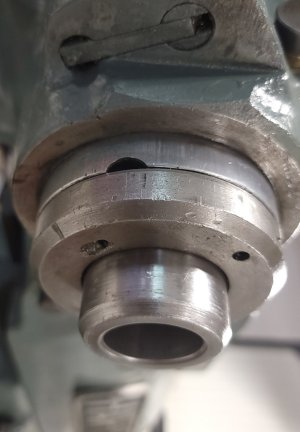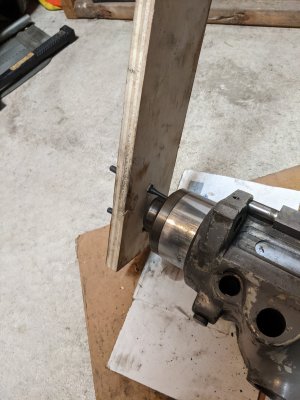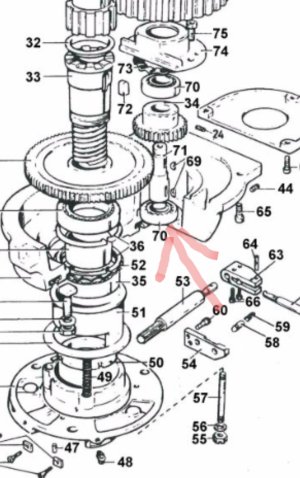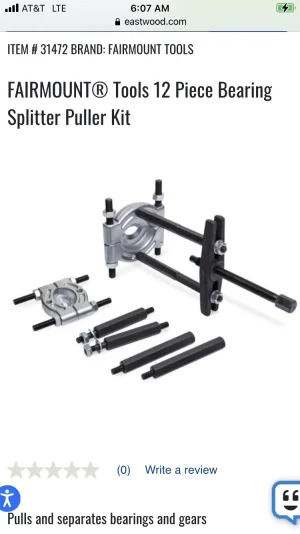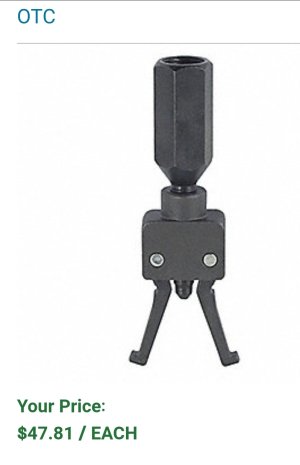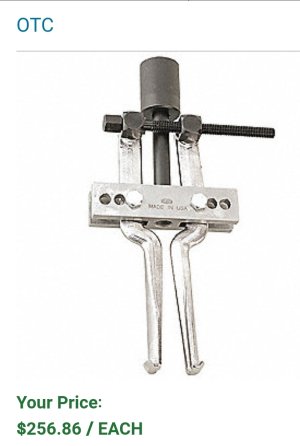FYI Keith Fenner is back on Buffy rebuild as of late, might be some tidbits in there even if the BP model is different. The 2017 spindle vid definitely shows ~ 6:00 lefty loosey on the nut. Huh, learned something new. I just assumed Taiwan cloned USA machines directly unless there was a cheaper way to do it. Maybe there is a specific reason for one direction or another, but one would think would be the same opinion.
A left hand thread actually makes sense if you have a nose cap that is a tight fit to the spindle. In that case, a turning spindle could unscrew the cap - especially if it gets a bit hot.
Neither of my mills are that tight a fit and neither are left hand.
However, both caps have a fairly big recess for the set screw so there is no way that they are likely to unscrew.
Last edited:

